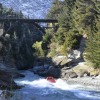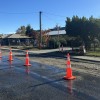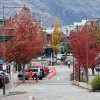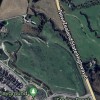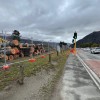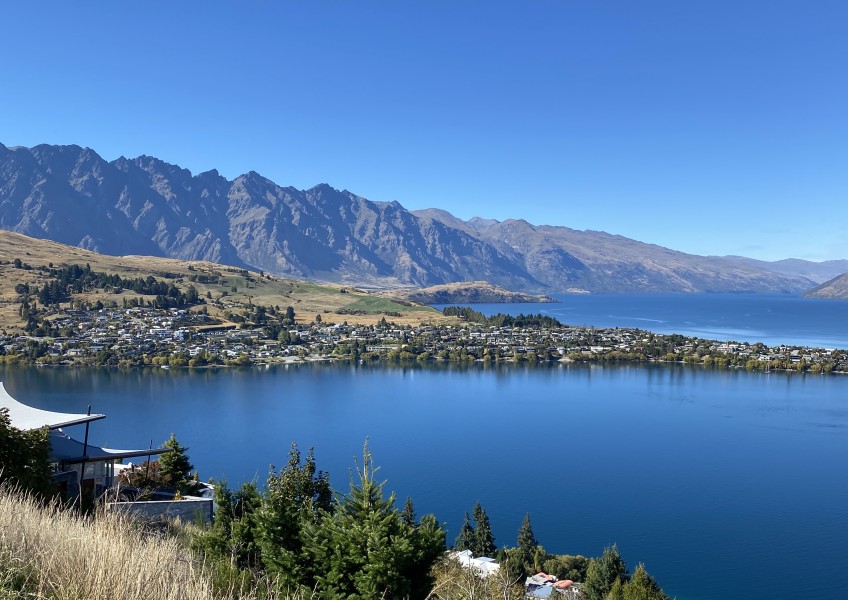
QLDC water systems stretched - council appeals for less usage
From the Queenstown Lakes District Council:
Queenstown Lakes District Council (QLDC) is warning of potential water restrictions and asking residents to limit their water consumption.
QLDC Infrastructure Operations Manager Simon Mason said a significant increase in water usage has been observed, and that conservation measures were important to avoid temporary restrictions over the holiday season.
“We are seeing some incredible demand on water much earlier than usual. For example, in Wānaka, draw from the Beacon Point intake has increased from a daily average of 5,000 m3 per day in June to nearly 18,000m3 per day this month, with a peak day observed in December so far of over 22,000m3 per day,” he said.
“Average per person usage was over 600 litres per day in November and this is set to increase further over December. This is significant, especially when you compare it to a national average of 229 litres per person per day,” he said.
QLDC is asking residents and those visiting our district to reduce their water usage to help avoid temporary water restrictions being introduced over the holiday period.
Current areas of concern include Wānaka, Hāwea, Luggate, Lake Hayes and Arthurs Point, but increased demand has also been observed at all of our water schemes.
“No one enjoys restrictions to when and how we use water, especially when the heat of summer really sets in. But collectively, small changes in how we use water can have a significant impact on keeping our demand for water in check,” said Mr Mason.
“The step change in demand that we see as we enter summer illustrates that usage is largely driven by irrigation. As such, the focus area is when and how we water our lawns and gardens.”
“One key change many of us can make is to water our lawns and gardens between the hours of 10.00pm and 6.00am, avoiding the typical peak water usage times, as well as the heat of day and reducing water loss through evaporation.
Ensuring irrigation is targeted and volumes are appropriate is also critical,” said Mr Mason.
Mr Mason addressed the common question of water availability.
“The issue is not the availability of water - yes, there is plenty in our rivers and lakes. To provide this water to households, its pumped from lakes or bore supplies, treated and piped into reservoirs on a hill or other elevated site. From there the water is distributed via gravity through pipes to users.”
“Our water supply schemes are designed for a calculated demand for each household, commercial and industrial site. Pumps, pipes and reservoirs are built to service that calculated demand. Our water systems come under pressure when the demand exceeds the available treatment and conveyance capacity. As this occurs we start to erode our ability to accommodate emergency situations and mechanical failures, he said.
”We’re often asked why we can’t just increase supply. While that sounds like an obvious solution, the reason is at peak times some of our supply schemes are operating at their maximum capacity. Increasing the capacity would mean upgrading treatment plants, reservoirs, pipes and pump stations which would have to be funded by ratepayers. This raises the question of affordability and environmental responsibility when there is collective steps we can all take to reduce use.” he said.
Tips for conserving water can be found here: https://www.qldc.govt.nz/wai-wise
Water restrictions, if required, will be communicated via media release, social media and e-txt to those who have registered.














